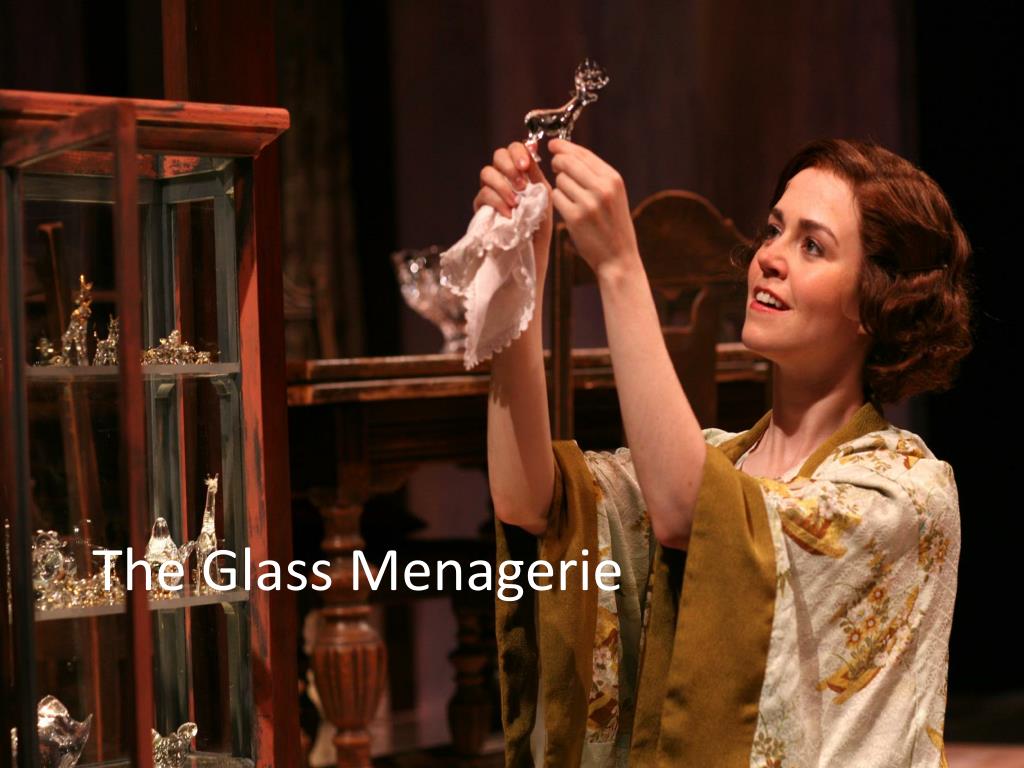

Amanda is the one figure, whether you like her or not, who pulls the family into its reckoning. There is no antagonist and no unadulterated protagonist, unless Amanda, the matriarch, counts. For a random, no-fault cosmos, this is the no-fault tragedy. I have always loved The Glass Menagerie for reinventing tragedy for the modern condition and sensibilities. Perhaps the major conflict in the play is the collision of Amanda’s fruitless optimism and displaced gentility with the family’s shady present.


Mother Amanda’s brave and delusory hopes and optimism are countered with this pervasive and nagging sense of the Wingfields’ doom. If tragedy always chronicles a change, the only changes that may occur in The Glass Menagerie are hard-wired and unavoidable: the son’s escape (imitating the missing father), institutionalisation of the mentally ill sister, and death of the elderly and increasingly delusional mother. READ ALSO: Analysis of Harvest by Manjula Padmanabhan We discover no crime in the Wingfield residence, but rather a chronic, agonising social and economic ailment. The Glass Managerie illustrates a lack of cooperation rather than a traditional confrontation. There is no single tragic event here, but rather a pervasive state of sadness. This piece is more of an elegiac depiction of misery than a searing enactment of taboo. The Glass Menagerie is a magnificent household tragedy with three separate characters: Amanda, who is powerful and proud, Laura, who is weak and naive, and Tom, who is a realistic dreamer. It contains seven scenes all in one location and four characters. The Glass Menagerie is a powerful piece that is still widely read and studied today. The Glass Menagerie, which he refers to as a memory play, focuses on a family that is similar to Williams’ own family and concentrates on the human emotions that allow a family to function. The Glass Menagerie, Tennessee Williams’ first successful play, premiered in Chicago in the spring of 1944 before moving to New York three months later.


 0 kommentar(er)
0 kommentar(er)
